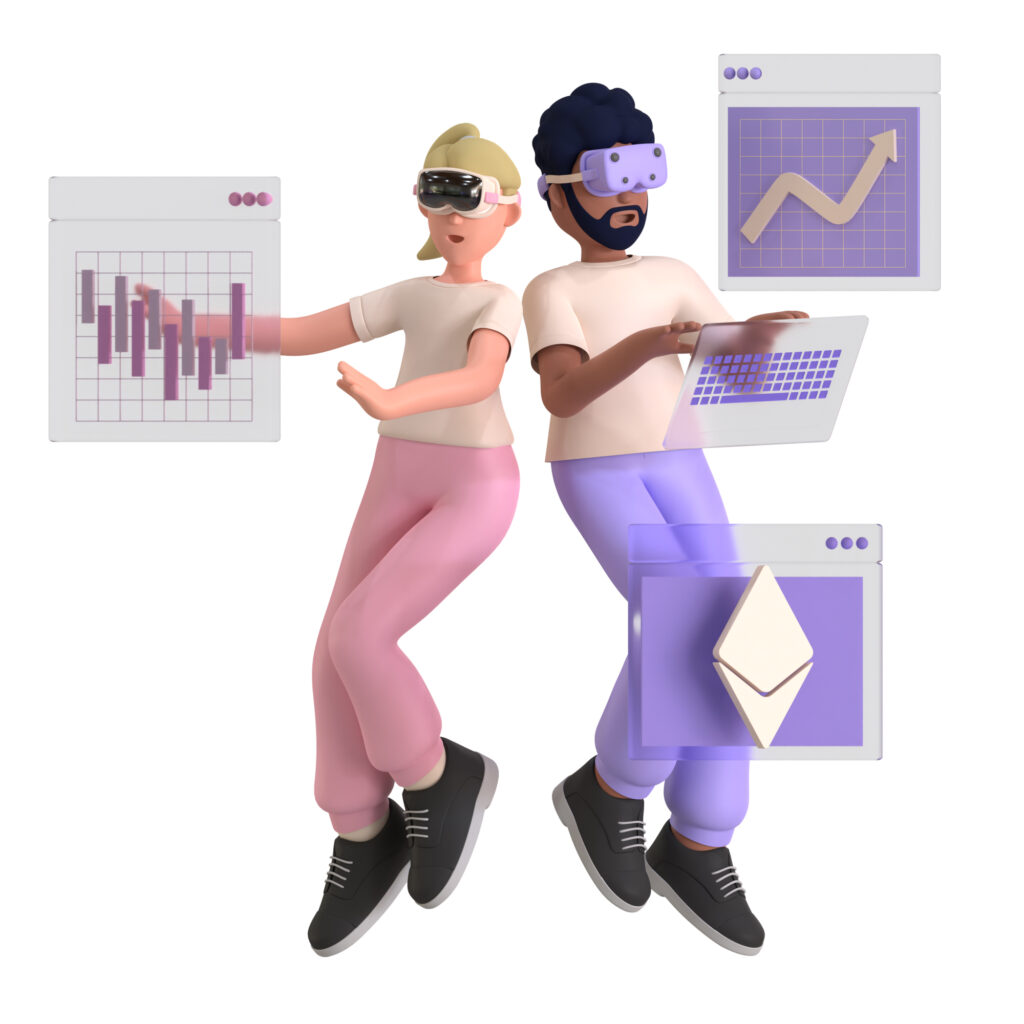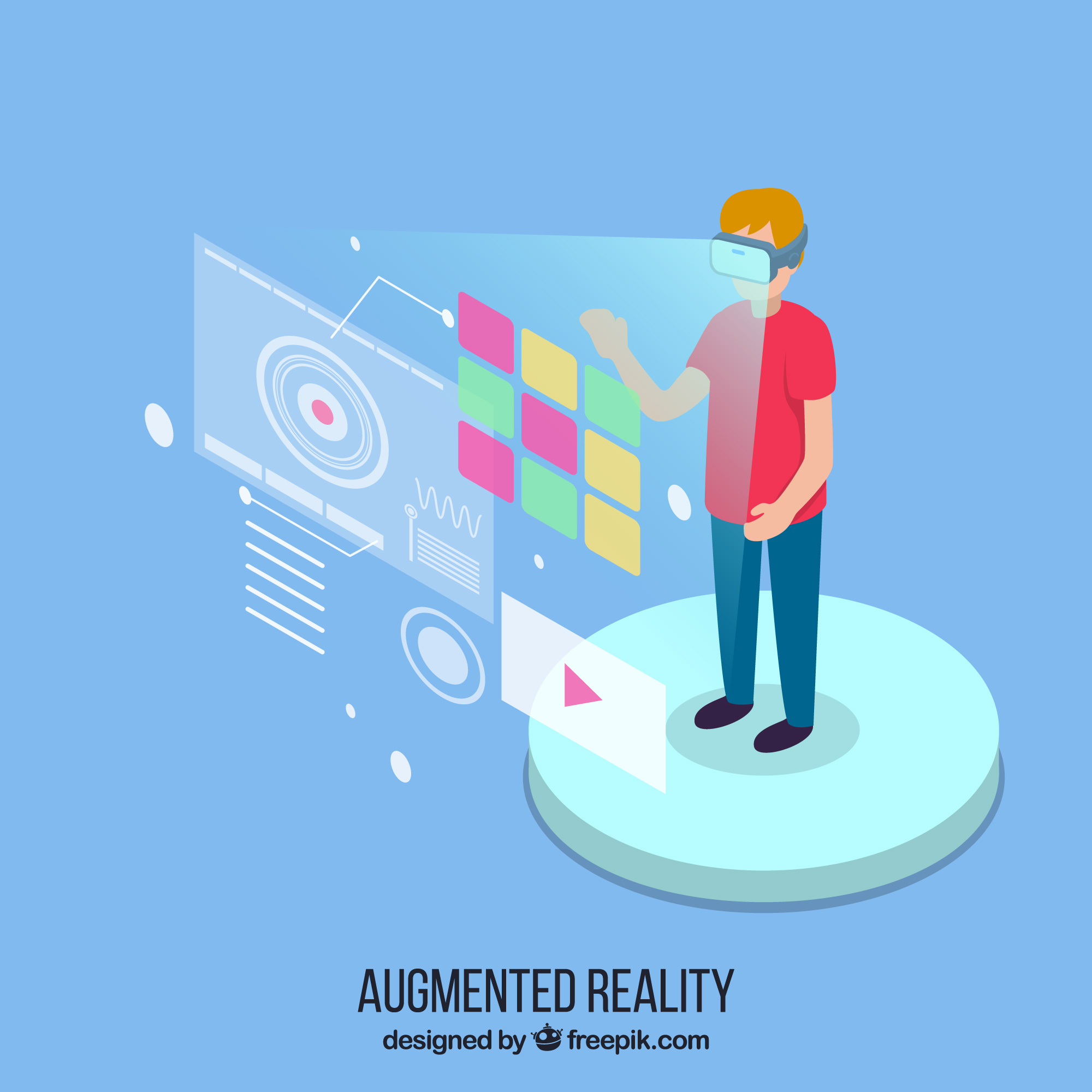Introduction
For years, digital marketing success was measured in impressions—how many people saw your ad. But in 2025, visibility alone isn’t enough. Today’s consumers expect experiences, not interruptions. Enter 3D and AR (Augmented Reality) advertising, which shifts the focus from passive viewing to active interaction. Brands that embrace immersive technologies are no longer just seen—they’re remembered. This blog dives into how 3D and AR are transforming digital ads from fleeting glances into memorable, immersive brand encounters.
1. Why Impressions Are No Longer Enough
Traditional metrics like impressions and reach are increasingly outdated in the attention economy.
What’s Changed:
- Ad fatigue: Static ads are easy to scroll past
- Shortened attention spans: 1–2 seconds is all you get
- Rise of interactivity: Users want to participate, not just observe
- Content overload: Millions of ads compete in every feed
- Performance gaps: High impression counts don’t guarantee conversions
Result:
Marketers are now asking, “Did the user engage?”, not just “Did they see it?”
Insight: Engagement is the new visibility. Immersion is the new engagement.
2. What Is Immersive Advertising?
Immersive advertising uses technology like 3D visuals and AR layers to create experiences users can explore and interact with in real time.
Key Formats:
- 3D Product Viewers: Rotate, zoom, and interact with items directly in the ad
- AR Try-Ons: Let users visualize how a product looks on them or in their space
- AR Filters and Lenses: Custom branded effects on platforms like Instagram and Snapchat
- Virtual Product Demos: Simulated real-time experiences using 3D environments
- Interactive Ads: Mini-games, configurators, or quizzes with real-time feedback
Example Use Cases:
- A skincare brand offering “try it on” AR filters for lip and blush shades
- A furniture brand with a 3D viewer to place items in your home
- An athleticwear brand using an AR filter to show how clothing fits in motion
Note: Immersive doesn’t mean complex—it means engaging the senses.
3. How 3D and AR Advertising Increases Conversions
Immersive ads outperform traditional ones because they boost user confidence and connection.
Proven Benefits:
- Higher engagement times (users spend more time on immersive ads)
- Better product understanding (especially for tech or design products)
- Reduced return rates (AR try-ons lead to more accurate purchases)
- Increased shareability (users love to post their AR experiences)
- Greater emotional connection (interacting builds memory)
Performance Metrics to Watch:
- Time spent engaging
- Completion rate of the interactive experience
- Conversions post-AR trial
- Share or save metrics
- “Add to cart” from immersive touchpoints
Fact: Interactive 3D ads can increase conversion rates by up to 250%, according to Meta internal studies.

4. Platforms Powering Immersive Ad Experiences
Creating immersive ads is now more accessible than ever, thanks to tools and platforms tailored to 3D and AR formats.
Platforms to Explore:
- Meta Spark AR: For Instagram and Facebook interactive filters
- Snap AR Studio: Build branded Snapchat lenses
- Google Swirl: 3D ad format that runs across Display & Video 360
- Shopify AR: Add AR view to your product listings
- BlippAR / ZapWorks: No-code tools for immersive AR experiences
- Unity Ads & Unreal Engine: For interactive, gamified experiences
Pro Tips:
- Start with a single high-impact product or feature
- Optimize for mobile-first interaction
- Keep loading times under 3 seconds
- Include call-to-action overlays for conversions
Insight: Immersive marketing is no longer futuristic—it’s functional, scalable, and effective today.
5. Tips for Getting Started With Immersive Advertising
Transitioning to immersive marketing doesn’t have to be overwhelming. Here’s how to take the first step.
Start Simple:
- Use AR filters for product previews or engagement contests
- Convert top products into 3D renders for your site or ads
- Build an interactive banner for a new campaign launch
- A/B test immersive content vs. static images to benchmark lift
Best Practices:
- Keep experiences under 30 seconds for social
- Use clear instructions: “Tap to explore,” “Move your phone,” etc.
- Always have a fallback experience for non-AR users
- Promote with user-generated content—encourage sharing
Questions to Ask Before You Begin:
- Does your product or service benefit from being “experienced”?
- Is your audience tech-savvy or mobile-first?
- What stage of the funnel will this content serve?
Remember: Start small. Even one immersive ad can elevate your entire campaign’s impact.
Conclusion
Digital marketing is entering a new era—one that favors depth over reach. While impressions will always be a part of the mix, they’re no longer the star metric. With 3D and AR, your brand becomes a memorable experience, not just a visual interruption. As immersive technology becomes mainstream, marketers who embrace it early will create not just impressions—but lasting impressions. The future of digital advertising isn’t flat. It’s multi-dimensional.





